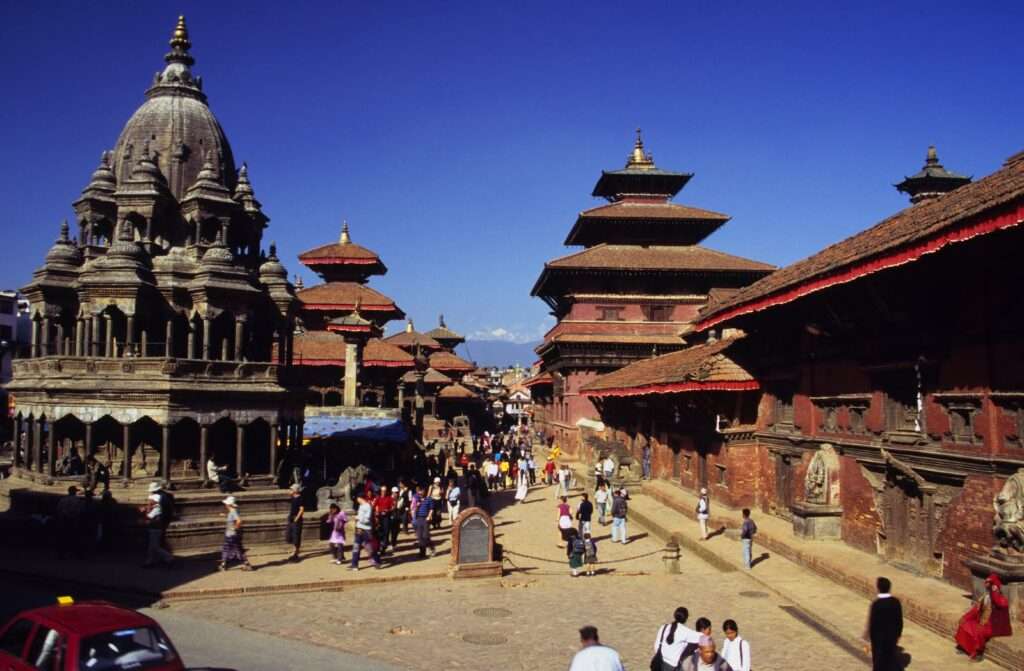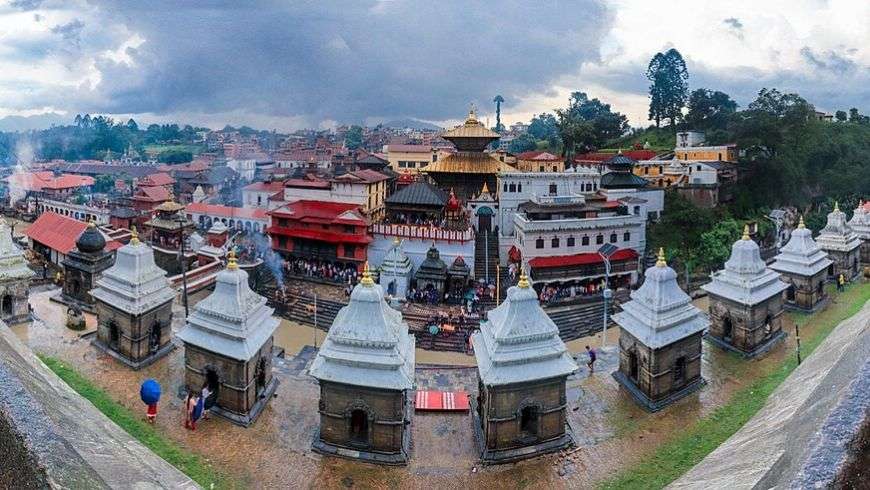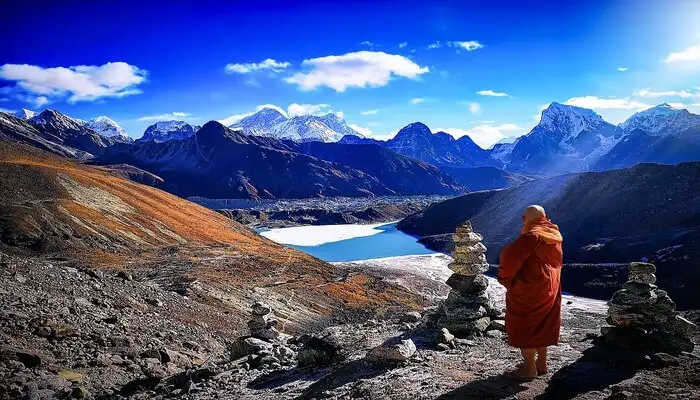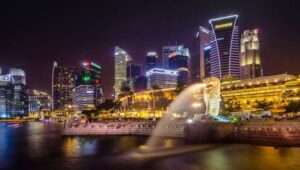Nepal Kathmandu- “Exploring the Enchanting Charms “
Itinerary
Assistance upon arrival and transfer to Nagarkot.
Check in at the hotel. After fresh and wash, sun set view.
Nagarkot, a lovely hillside town with glorious views of the Himalayas. The drive takes you through beautiful landscaped villages and terraced rice field. Historically, Nagarkot was a place for the royals of Nepal to escape the scorching heat of summer and a hectic city life. In the 60’s explorers would battle the shivering winds and sleepless nights to see the stupendous sunrise and sunsets. At sunrise, the Himalayan range, stretching from Dhaulagiri in the west all the way past Everest to Kanchenjunga in the east, emerges from the darkness to greet the happy visitors with its awe inspiring majesty and beauty.For those wishing to stretch their legs and enjoy the fresh morning air, there are charming walking trails.
Overnight at the hotel.
After breakfast, drive to Kathmandu.
En route visit Bhaktapur Durbar Square.
Lunch at local tourist restaurant.
Afterwards, visit Pashupatinath Temple and Boudhanath Stupa.
BHAKTAPUR DURBAR SQUARE
Founded in the 12th century by King Ananda Malla, Bhaktapur was the capital city of the Greater Malla Kingdom until the 15th century and was an independent kingdom from then until the 18th century. The last three Malla rulers of Bhaktapur were Jitamitra Malla, Bhupatindra Malla, and Ranjit Malla. These rulers played key roles in building the palaces and temples of Durbar Square. In 1744, Prithvi Narayan Shah, descendent of Dravya Shah, who was the founder of the Gorkha dynasty, began a conquest march in the Kathmandu Valley, capturing and unifying Kathmandu, Patan, Bhaktapur, and the smaller towns of the Valley under one rule. After a period of instability and a bloody coup in 1846, Jang Bahadur Kunwar Ranaji took control of Nepal.
PASHUPATINATH TEMPLE
Pashupatinath is a Hindu temple dedicated to Lord Shiva. This massive temple complex sits alongside the banks of the holy Bagmati River. Only Hindus are allowed to enter the courtyard of the temple, whereas tourists can see the temple from the eastern side of the Bagmati River. It is a place where century-old Hindu rituals are practiced in their astonishing initial form, giving a chance to the visitors to feel the unique spirit of Hindu traditions of life, death and reincarnation. According to a legend recorded in local texts, especially the Nepalamahatmya and the Himavatkhanda, the Hindu Lord Shiva once fled from the other gods in Varanasi to Mrigasthali, the forest on the opposite bank of the Bagmati River from the temple.
BOUDHANATH STUPA
There is nowhere quite like Bodhnath. Boudhnath Stupa pulses with life as thousands of pilgrims gather daily to make a kora (ritual circumnavigation) of the dome, beneath the watchful eyes of the Buddha, which gaze out from the gilded central tower. Tibetan monks in maroon robes and with shaved heads wander the prayer flag–decked streets while pilgrims spin prayer wheels and stock up on yak butter and tsampa (roasted barley flour).This is one of the few places in the world where Tibetan Buddhist culture is accessible and unfettered, and the lanes around the stupa are crammed with monasteries and workshops producing butter lamps, ceremonial horns, Tibetan drums, monks’ headgear and the other paraphernalia essential for Tibetan Buddhist life.
Check in at the hotel.
Welcome drink.
Overnight at the hotel.
Breakfast at the hotel.
Visit Kirtipur Village, Patan Durbar Square.
KIRTIPUR
History says that the ancient city of kirtipur was founded by shiva deva between 1099 ad and 1126 ad and during the reign of the malla kingdom in the 15th century the city was developed for human settlement. Kirtipur’s fortress was considered impregnable. The gurkha king prithvi narayan shah laid siege to it three times before 1768 a.d. finally taking the town and then, it is said, only after it had been betrayed. Even today the weapons from those former battles are mounted at the roof of bagh bhairav temple.he exacted terrible revenge for heavy gurkha losses – his brother was among those killed – by cutting off the nose and lips of every man and boy over the age of 12.Only wind-instrument players were spared – they were required to celebrate his triumph. The line of the old town wall, pierced by 12 gates, is still clearly visible. Most of the townspeople were weavers and farmers, the lower castes living outside the wall.
PATAN DURBAR SQUARE
Patan is situated in the center of Patan city, also known as Lalitpur, houses the residence of the former Patan royal family. Patan Square and its surroundings are good specimen of ancient Newari architecture. The city of Patan is believed to have been built in the third century B.C. by the Kirat dynasty. It was expanded by Lichhavis in the 6th century A.D. and again by the Mallas in medieval period. The Malla kings ruled the Kathmandu Valley until the ascension of the Shah dynasty.
Lunch at your own at local tourist restaurant.
Afterwards, visit Swoyambhunath Stupa.
Overnight at the hotel.
SWAYAMBHUNATH STUPA
Swayambhunath or more commonly known as Monkey Temple. The place has a lot of monkeys. This temple complex offers spectacular views of the entire Kathmandu Valley. The temple is up the hill. From the temple, you can have the whole city view from the temple. The Buddhist Stupa at the top is impressive that has eyes painted onto it. The Stupa is a golden spire crowning a conical wooded hill. It is the most ancient and enigmatic of all the holy shrines in Kathmandu Valley.
Breakfast at hotel.
Free until departure transfer for the onward destination.







 +33-618242236
+33-618242236 
